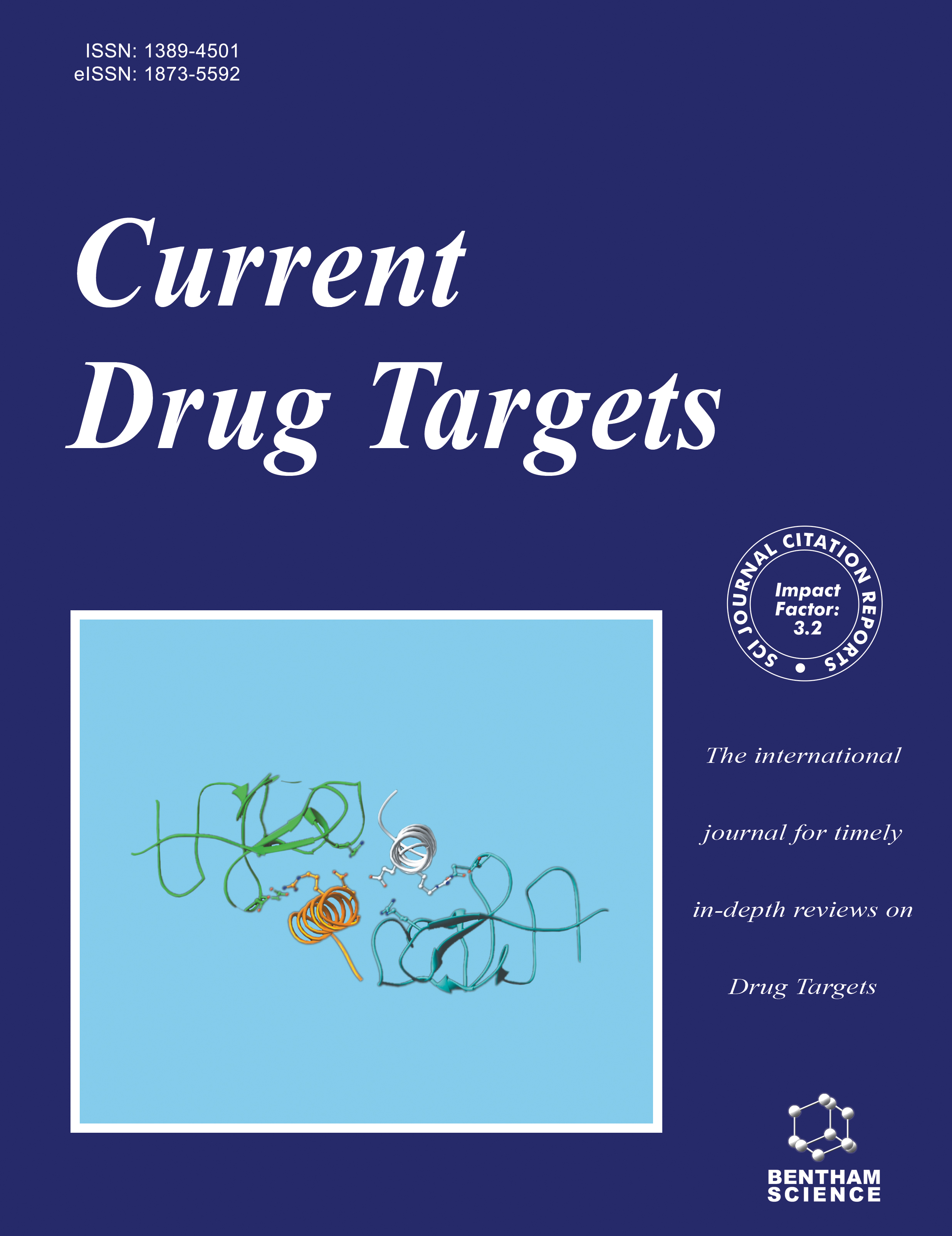
Full text loading...
We use cookies to track usage and preferences.I Understand
Emerging challenges to human health necessitate a coordinated effort to find both preventative and therapeutic techniques, with natural products at the forefront of attempts to gain novel medicines and minimize disease transmission and related death. The medicinal potential of chemicals contained in plants has been known for centuries, leading to its use in homes and clinics for the treatment of numerous disorders. Despite global advancements, plant-based medicines continue to be utilized to treat various pathological illnesses or as alternatives to contemporary pharmaceuticals. The safety and low toxicity of natural products have led to their increasing acceptability for the prevention or treatment of many ailments. Flavonoids are biologically active compounds that are classified as polyphenols, which are a type of secondary metabolite found in all plants. Icariside II (ICA-II) is one of the secondary metabolites that belong to the flavonoid category of phytochemicals and is present in Epimedium brevicornum Maxim. In recent years, ICA-II has been discovered to show anti-inflammatory, antioxidant, anticancer, renal protecting, and cardiac protective effects, as well as several other biological characteristics. This review is focused on the exploration of the pharmacological activities of ICA-II. ICA-II is considered a prospective candidate for future clinical investigations due to a number of therapeutic properties.

Article metrics loading...

Full text loading...
References


Data & Media loading...

